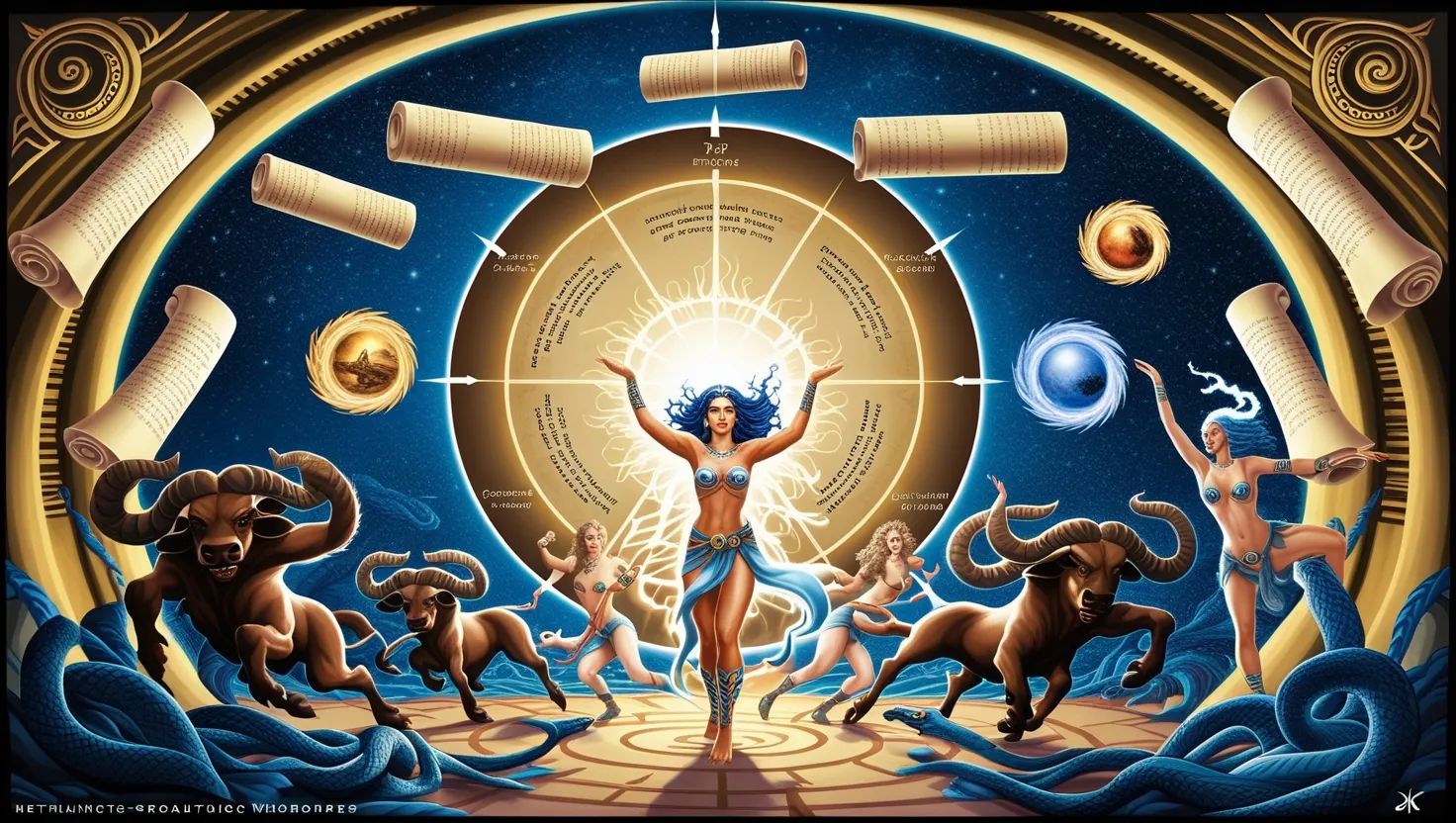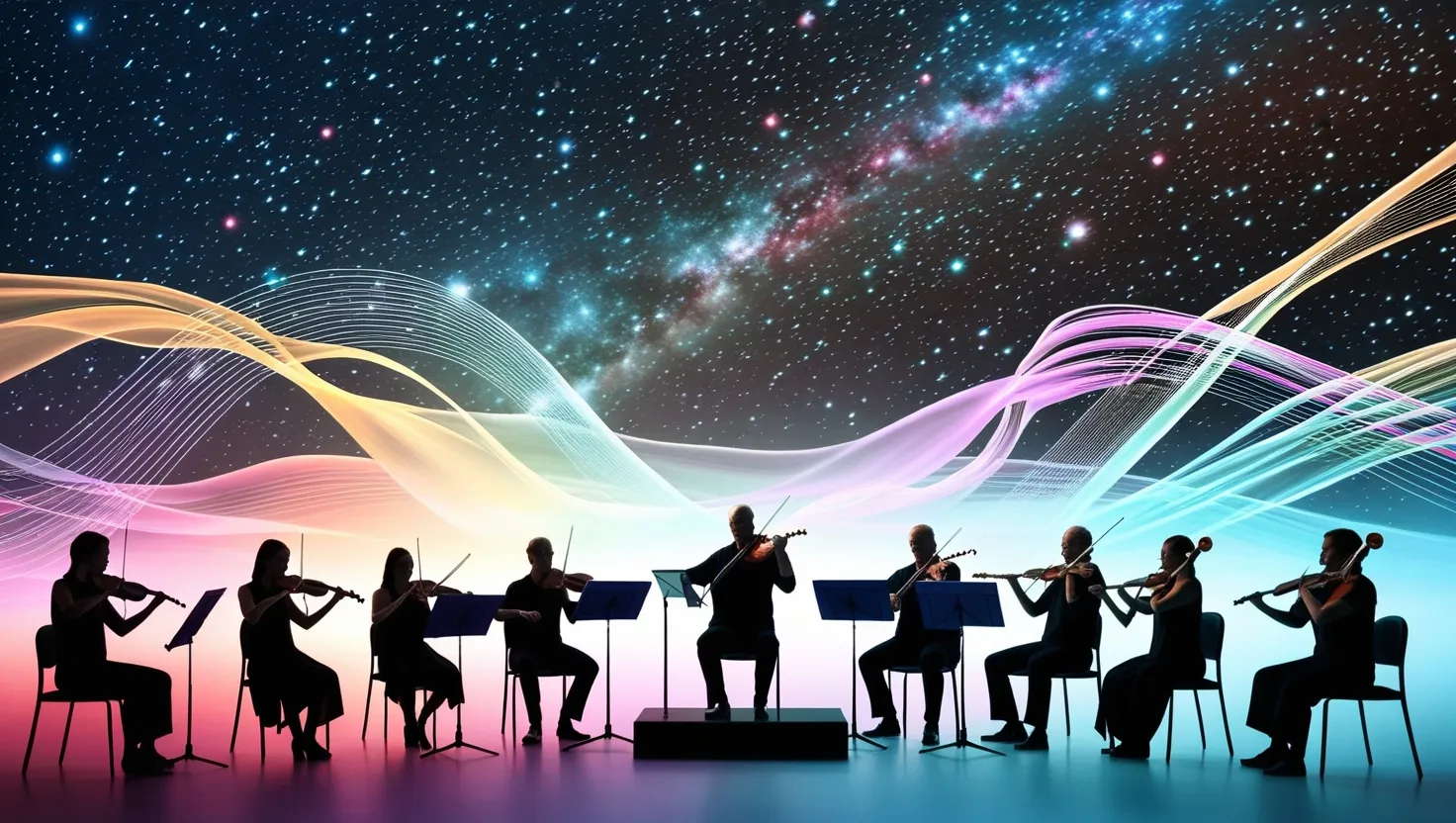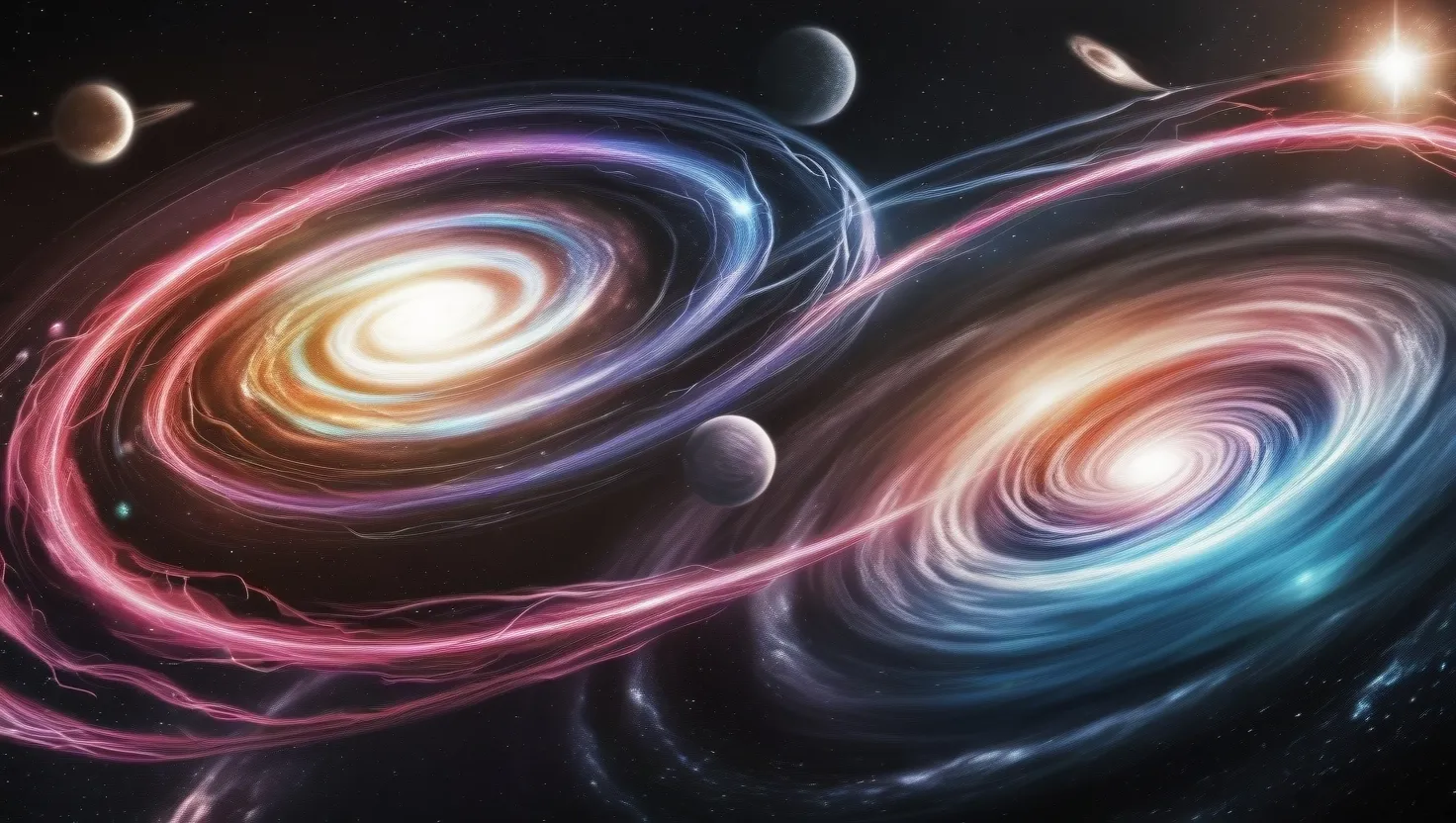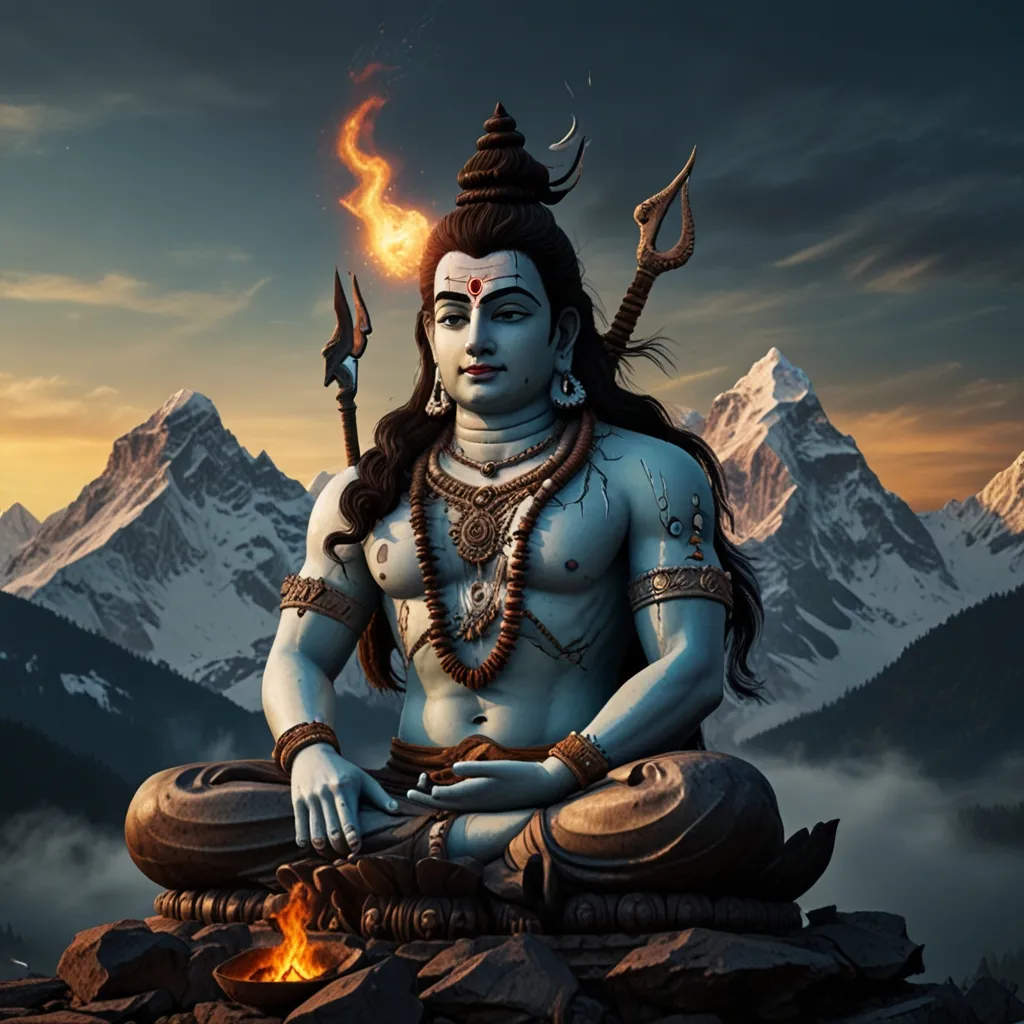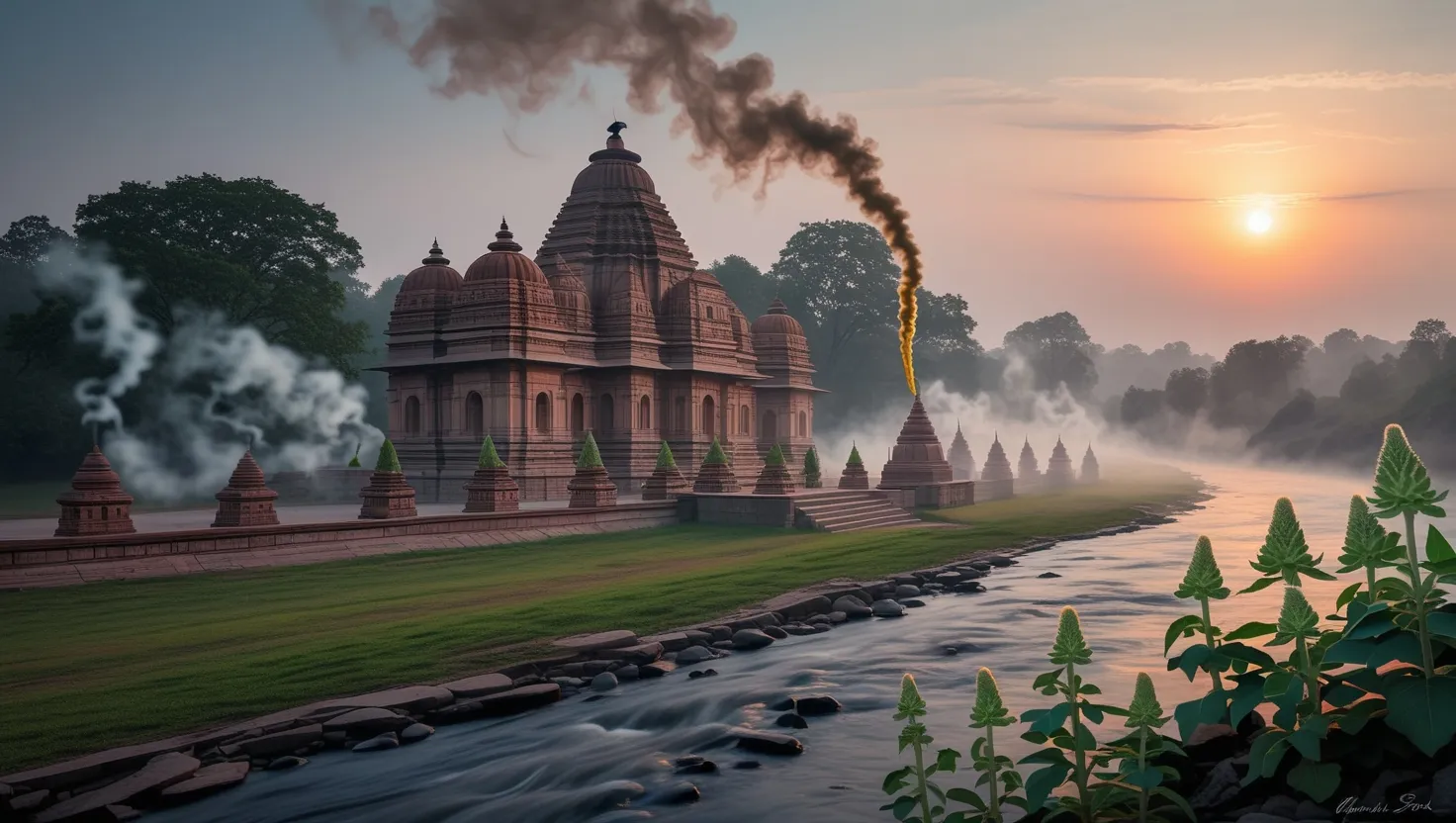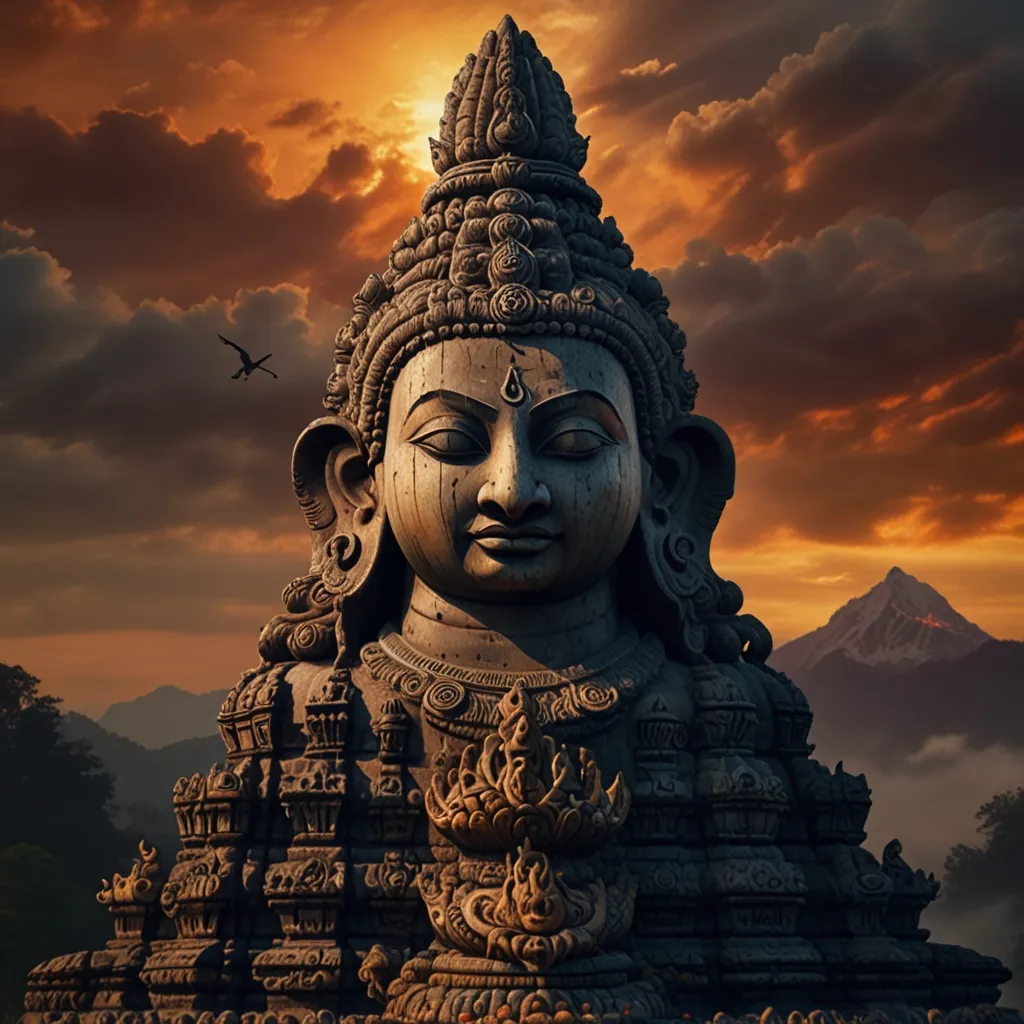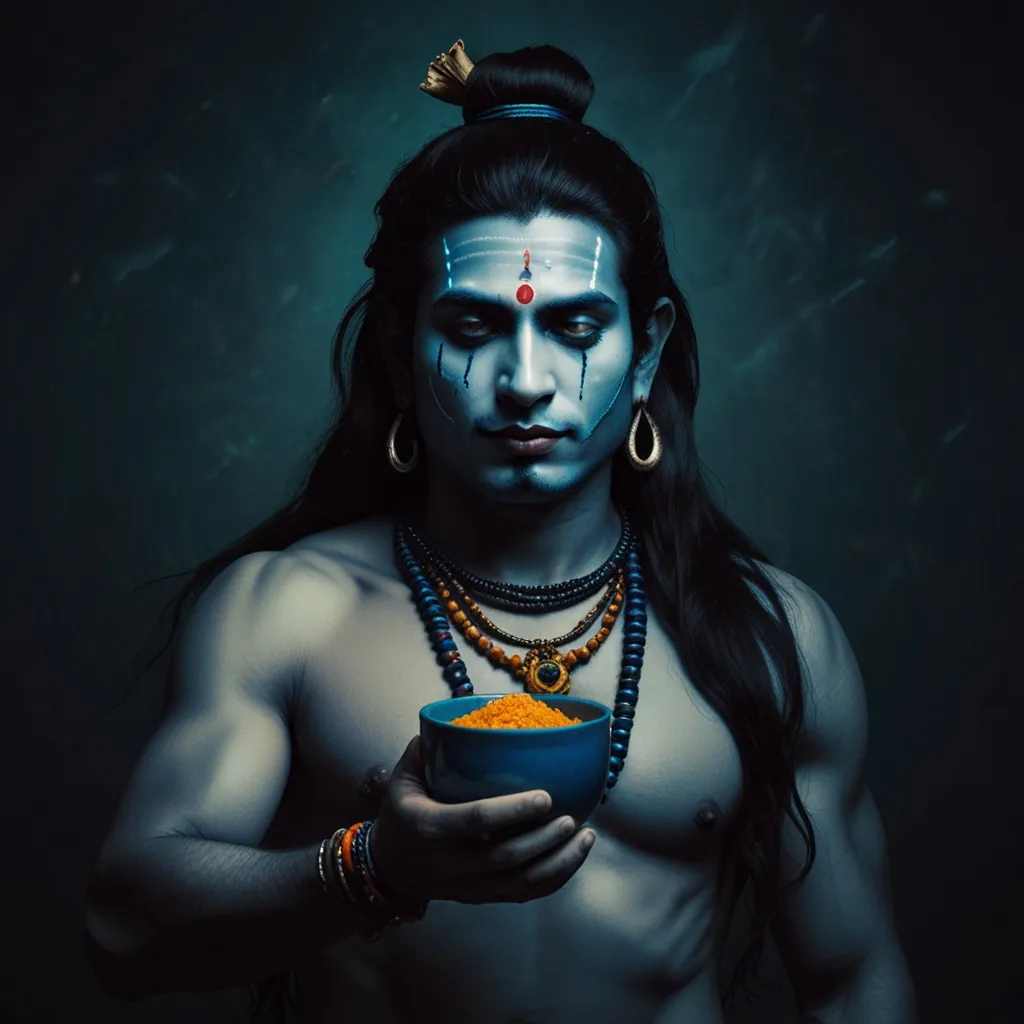If you pick up the Markandeya Purana expecting only battles and miracles, you’re in for much more. This text invites us into a world where gods and demons shape reality, but also where philosophical puzzles, cosmic timelines, and human dilemmas play out. Reading it feels like walking through a labyrinth: at every turn, the nature of existence is questioned, tested, and sometimes even upended.
One of the most striking things about the Markandeya Purana is the way it hands its audience vast cosmic scales while keeping the format personal and approachable. The central conversation between the sage Markandeya and King Kraustuki feels almost intimate—two people, talking across ages about questions we still find urgent. How does everything begin? What remains after it all ends? Why is there so much suffering—and can we ever make sense of it? These are questions that have no expiration date.
I often pause on the story of Devi Mahatmya, which sits like a luminous jewel at the heart of the text. We see the Goddess, Durga, arise not solely as a destroyer of evil, but as the embodiment of power that is both creative and fierce. The cosmic battles she fights against Madhu and Kaitabha, demons born from Vishnu’s own being, are not mere spectacles. They are layered commentaries on the ever-present possibility of chaos—even from within divine order. Here the lines blur: the divine manifests both the order and its challenge.
But why does the Purana stress these mythic battles at such length? Imagine a cosmos where equilibrium is not the default, but a fragile achievement, reset with each new age. When gods themselves cannot defeat Mahishasura, the buffalo demon, we are reminded that sometimes, entirely new ways of thinking and acting are needed. Durga’s victory is not just physical—it’s existential, suggesting that unique problems call for unique responses. “It is not the strongest of the species that survives, nor the most intelligent, but the one most responsive to change.” This famous observation by Charles Darwin, though from another era, echoes in Durga’s own story.
Have you ever wondered why evil never stays vanquished in these stories? The Purana points to a cosmos in motion, not one at rest. Time moves through the ages—Krita, Treta, Dvapara, Kali—each Yuga with its own flavor, its own norms, its own inevitable decline. The Purana doesn’t promise permanent solutions; instead, cycles of rise and fall. The implication isn’t pessimistic. To me it reads as a gentle admonition: don’t expect the struggle to end, but do expect each generation to find different ways to meet it.
Another layer unfolds in the allegory of the cosmic man who swallows the universe—the vision that quite literally turns the world inside out. Markandeya, drifting through this cosmic belly, sees all of creation contained within a being beyond ordinary comprehension. Here the Purana takes on questions more familiar from quantum physics and philosophy: Is what we see “outside” us any more real than what we imagine “inside”? Where do you draw the boundaries between observer and the observed? Asking this from within the shell of myth, the Purana preempts later spiritual and even scientific debates about the nature of reality.
I find the tale of King Harishchandra particularly moving because it strips spirituality of its sparkle and asks the hardest possible question: what price are we willing to pay for truth? Harishchandra’s descent—from king to beggar, from family man to outcast—tests every boundary of endurance and principle. Is it worth standing for something if it costs you everything? How often do our own principles stumble when tested by daily compromises? This is not just mythology; it’s a mirror held up to our own moral calculations, yesterday and today.
Legendary battles and cosmic scales draw us in, but the Purana’s power emerges in its quieter moments. I am always struck by its vision of time, mapped not as a straight line but a cycle. The four Yugas, each cycling into the next, hint at collective memory—a pattern of optimism, prosperity, decline, and chaos, repeating like seasons or wheels. Unlike many other world mythologies that envision a final end or a singular apocalypse, Markandeya Purana suggests that every end is just a reset. In a way, that’s comforting: faced with chaos, you know there will always be a return to order, however temporary.
The dialogue between the sage and the bird Jaratkaru is a lesser-known section, but it stands out for clarity. Here, questions of karma and rebirth are not just abstract calculations but woven into a compassionate understanding of what human life asks of us. Why do bad things happen to good people? How does one break free of repeated suffering? The text offers a path that is careful not to oversimplify, recognizing that answers are provisional, suited to one’s own effort and insight.
Let’s pause on the “battle-sacrifice,” a concept that carries deep symbolic meaning. Sacrifice, in these stories, is not about appeasing a bloodthirsty deity. Instead, it’s a recognition that creation and destruction, beginnings and endings, are not opposites but necessary parts of any lasting achievement—cosmic or personal. Each time Devi faces a demon, we’re reminded again that progress demands the letting go of old habits, outdated ideas, even cherished illusions. “Every act of creation is first an act of destruction,” as Pablo Picasso once noted.
What about the connection to the very fabric of time? The Purana lays out cosmic calculations in vast units, where one “kalpa” might span millions of years. These time scales make human life feel microscopic, but there’s a paradoxical comfort to that too. If everything—including suffering—is temporary on a cosmic clock, why be overwhelmed by this moment’s hardship? It’s a reassuring humility.
I’m fascinated by how the Purana handles contradictions and paradoxes. Vishnu, the preserver, creates the very demons that threaten cosmic order. Demons, in turn, play crucial roles in maintaining the energy of the story. Nothing is wasted; every force, “good” or “bad,” is necessary to sustain the drama of the universe. Isn’t that a novel way to approach obstacles in our own lives—not as enemies to be erased, but as energies to be understood, sometimes even utilized?
The churning of the ocean, depicted in this Purana, gathers gods and demons on the same side—temporarily. Everyone wants amrita, the nectar of immortality. Here cooperation is born, not out of friendship, but of necessity. The scene is a meditation on the temporary alliances required to achieve big things. Isn’t that a pattern we see in projects, politics, even daily conflict resolution? Sometimes, those we oppose become essential partners.
One of my favorite parts is the text’s willingness to explore the dark side of desire. Take the tale of Bhasmasura, who wins a devastating boon and then tries to destroy even the god who blessed him. Instead of brute force, the goddess Mohini wins through wit—teaching us that sometimes, cleverness and adaptability matter more than strength. “There is no expedient to which a man will not resort to avoid the real labor of thinking,” observed Thomas Edison. Mohini, however, demonstrates that in critical moments, thinking is exactly where victory lies.
Throughout these stories, there’s a humility about knowledge itself. What can we know? What must remain mysterious? Rather than presenting itself as the final word, the Markandeya Purana models inquiry—a kind of endless questioning. As the sage Markandeya tells his king, “What is apparent is not always the truth, nor is what is hidden always false.” Living with uncertainty, the text suggests, is part of wisdom.
Valuing the feminine as central and cyclical is not just a spiritual statement—it upends the power structures common in many other ancient texts. Durga’s stories give feminine energy not only the seat of honor but also the tools of creation and destruction. This dynamic turns patriarchal assumptions on their head, suggesting a balance—not dominance—as the cosmic ideal.
So what do we walk away with, after so many visions and battles? The Markandeya Purana does not resolve questions; instead, it hands each reader a lens. Through it we see that struggle is guaranteed, cycles are natural, and the ultimate questions are timeless. “The universe is not only stranger than we imagine, it is stranger than we can imagine,” as J.B.S. Haldane once wrote.
As we contemplate these cosmic stories, the text nudges us: How do you meet your own challenges? What do you hold sacred, even if it costs you? If history is a wheel, what’s your role on its rim? Perhaps the oldest text’s greatest gift is its persistent curiosity—a reminder to keep questioning, keep adapting, and always, to honor the realities that lie just beyond the obvious.
